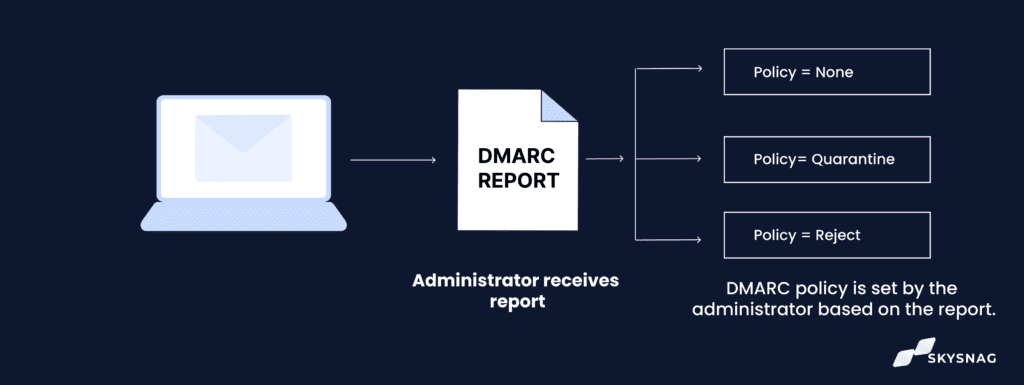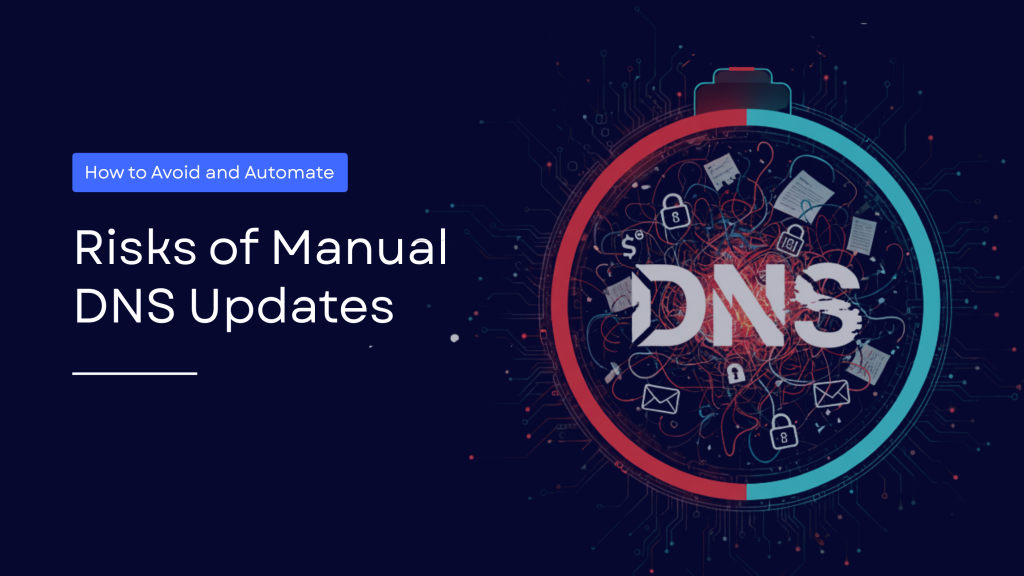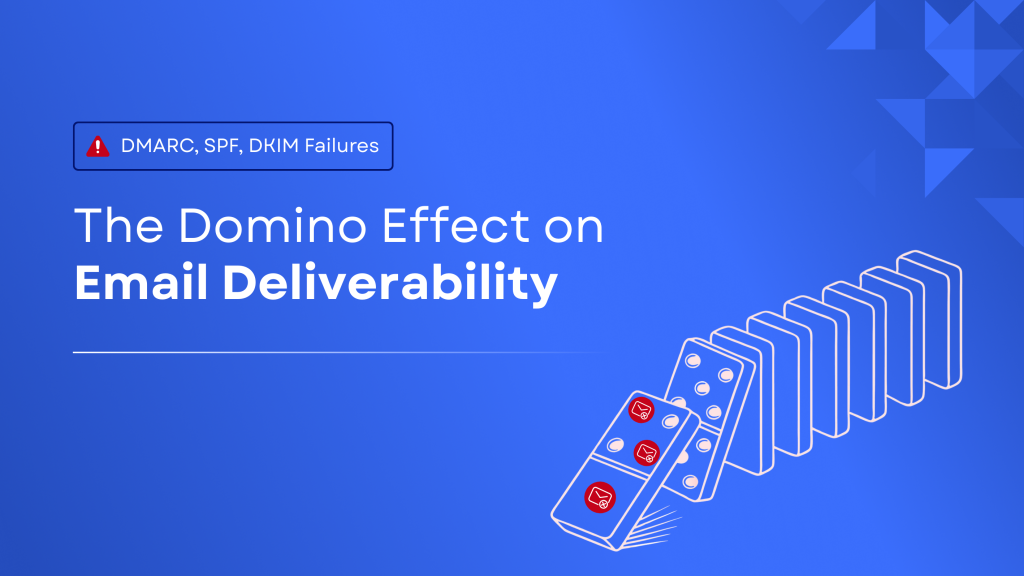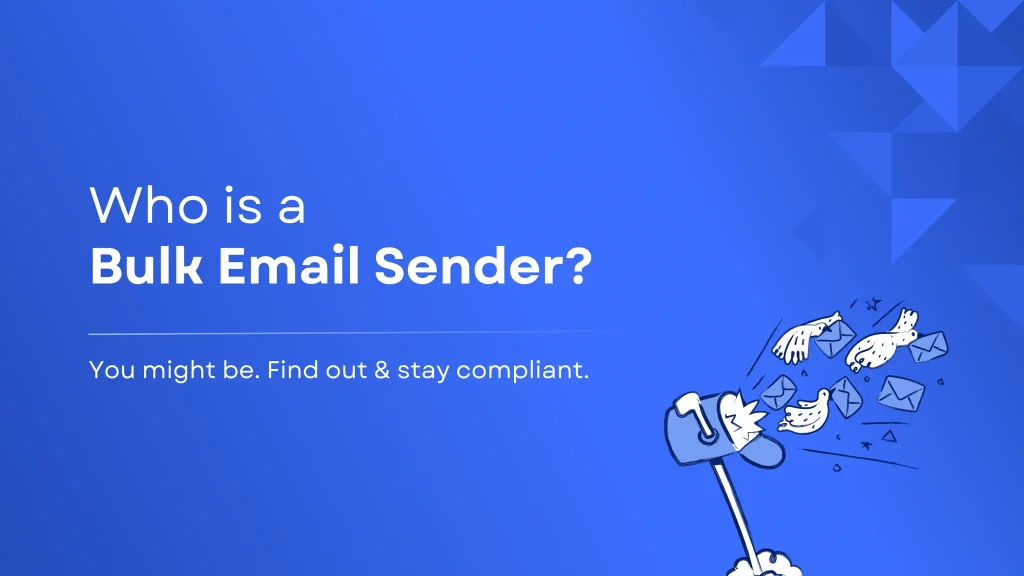All you need to know about DMARC Reports

A DMARC report gives you access to your email channels so you can keep an eye on what is happening in the background. With Skysnag’s automated DMARC reports, you can defend your domain against BEC, domain impersonation, and email fraud assaults. In addition to offering you a user-friendly and practical interface for viewing, sorting, or filtering your authentication results, Skysnag will assist you in parsing and reading the XML files. Let’s find out more about DMARC reports and how beneficial it is to your business.
Why is a DMARC report necessary for organizations?
Your SPF or DKIM’s authenticity is ensured by DMARC. Skysnag’s automated DMARC solution allows your emails to be trusted and reduces the danger of spoofing by enabling the recipient to check for valid headers before even opening the letter.
To handle email authentication, add a DMARC entry to your DNS. By doing this, you can monitor your email security and make sure that no phishing attacks are using your domain.
Emails that were sent, received, and that failed authentication are all listed in DMARC. The monitoring of DMARC deployment is made easier by Skysnag’s DMARC reports. It can be used to monitor the effectiveness of your DMARC rules and make any necessary adjustments.
You may investigate problems with your email authentication using our automated DMARC report. The DMARC report will help you locate the issue and find a solution if you are experiencing issues with email authentication.
How to make a domain’s DMARC REPORTING functional
To activate DMARC reporting for a domain, you must first construct a DNS TXT record for that name. The following information should be in the TXT record:
v=DMARC1; p=none; rua=mailto:[email protected]; ruf=mailto:[email protected];
The domain for which you want to enable DMARC reporting must then have a DNS MX record created for it. The MX record ought to identify the mail server for the domain from which you want to receive DMARC reports.
The domain for which you want to enable DMARC reporting has to have a DNS SPF record created, and that’s all. The SPF record contains the following info:
v=spf1 include:_spf.example.com ~all
The domain’s DMARC reporting will be activated once you have created these DNS records.
Understanding DMARC Reports
A DMARC report is an XML file that includes details about emails sent from domains with enabled DMARC. The report will provide details about
- Information about the email sent from the domain and how the mail server that received it processed the email.
- Information about the message, including the sender, the recipient, the time and date it was sent, as well as the sender’s IP address.
- Each mail server that the message was delivered to.
- Whether or not the message was delivered, and if it was, how it was delivered, according to how the mail server handled the message (such as to a spam folder).
- Message rejection reasons, such as whether SPF or DKIM authentication was successful, are provided by each mail server that refused the message.
Create a Skysnag account to generate your DMARC record.
Final thoughts
With Skysnag’s automated DMARC reports your business email flow and authentication outcomes are made simpler while your domain is protected against BEC, domain impersonation, and email fraud assaults. Save yourself time from reading lengthy, perplexing reports and get started with Skysnag. Sign up using this link for a free trial today.







